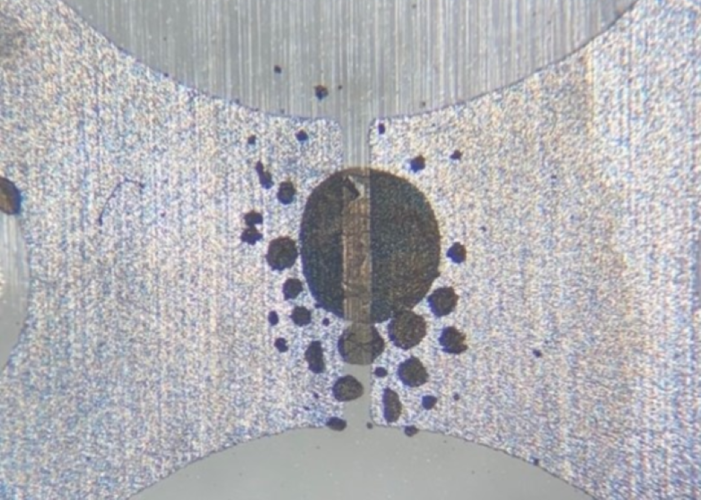2D materials shroud liquid droplets to exploit electronic properties
Physicists at Sussex University have developed a method of wrapping 2D materials around liquid droplets to exploit their electronic properties, an advance with potential applications in printed electronics and healthcare wearables.

The scientists have built on their previous work to wrap emulsion droplets with graphene and other 2D materials by reducing the coatings down to atomically-thin nanosheet layers. In doing so they were able to create electrically-conducting liquid emulsions that are the lowest-loading graphene networks ever reported at 0.001 vol%.
According to Sussex University, this means that the subsequent liquid electronic technology –strain sensors to monitor physical performance and health, electronic devices printed from emulsion droplets, and even potentially more efficient and longer-lasting electric vehicle batteries - will be cheaper and more sustainable because they will require less graphene or other 2D nanosheets coating the droplets.
MORE FROM ELECTRONICS & COMMUNICATIONS
Significantly, the scientists can now make these electronic droplet networks using any liquids (previous research focused on oils and water) because they have discovered how to control which liquid droplets are wrapped in graphene, so emulsions can be designed specifically to the desired application. The team’s findings are published in ACS Nano.
Register now to continue reading
Thanks for visiting The Engineer. You’ve now reached your monthly limit of news stories. Register for free to unlock unlimited access to all of our news coverage, as well as premium content including opinion, in-depth features and special reports.
Benefits of registering
-
In-depth insights and coverage of key emerging trends
-
Unrestricted access to special reports throughout the year
-
Daily technology news delivered straight to your inbox










Water Sector Talent Exodus Could Cripple The Sector
Maybe if things are essential for the running of a country and we want to pay a fair price we should be running these utilities on a not for profit...